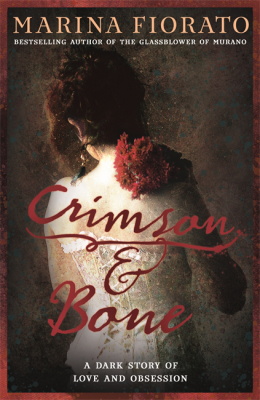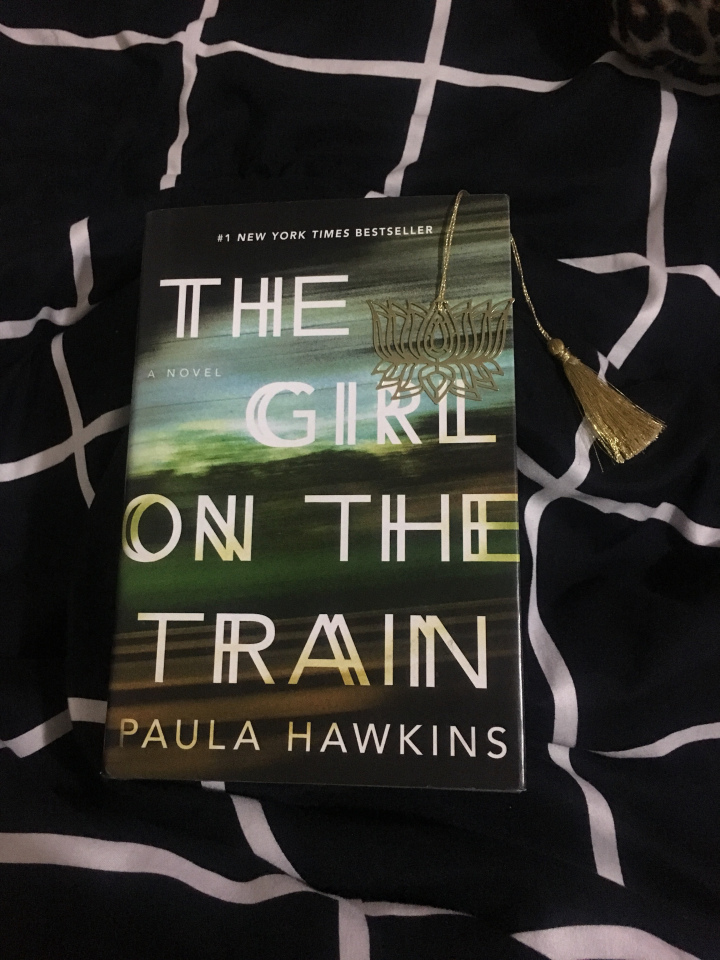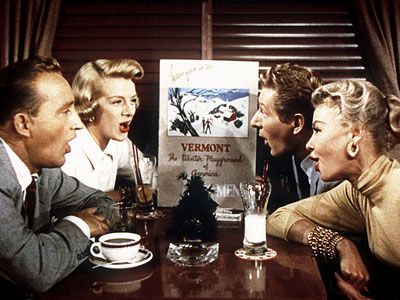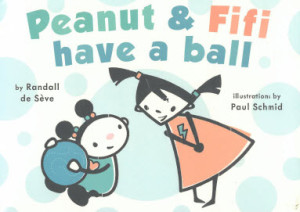
The red and the white: the colour of blood and bones, the crimson cape of Mary Magdalene, and the white camellias with their wilting petals and saccharine scent. These colours that haunt Marina Fiorato’s historical drama Crimson and Bone are also daubed across Michel Faber’s The Crimson Petal and the White, and the novels share more than just their hues, as tales of ‘whores’, high society, and (too) hospitable suitors. And though Annie Stride – the central scarlet woman who opens the story contemplating suicide on the Bridge of Sighs – claims to know little of artistic ‘composition’, ‘chiaroscuro’, or ‘character’, Fiorato is an artiste.
Annie Stride may be a pregnant, penniless prostitute on the brink – literally – of despair at the opening, but she soon blossoms into a character far beyond any Victorian cliche. Annie is no fantasist; she’s a steely fighter with an East-Ender’s straightforward honesty, and Fiorato paints each mood, motivation and memory with the detail of a master rendering his muse. And it is into a muse she blooms beneath the fingertips of her benefactor Francis, an upperclass artist who offers her his home and a hand down from the parapet. Whilst he plays the doting but dispassionate husband, he paints Annie as a host of damned women, from Mary Magdalene to Marguerite Gautier, and moulds her into his very own la traviata.
With all this painting, Francis and Annie flee to Florence to find inspiration and ink, and there they find Fiorato’s finest creation, the Rainbow Man. With as many coloured pigments in bottles around his neck as brightly coloured panels on his coat, he brings colour to Francis and a colourful companionship to Annie, all mixed in with a slick of suspicion. Suspicions aside, Fiorato also crafts a host of memorable supporting characters: from Mary Jane, Annie’s dearly departed partner-in-crime whose poignant , almost companion tale is told in a diarised, ‘found footage’-style format before every chapter, to the talkative Italians that tend to Annie and Franics in Florence, and a rendering of a real-life artist’s model, Lizzie Siddal, hauntingly illustrated as waning like the moon while hanging on the arm of her soon-to-be husband; and while Siddal may be all skin and bones, every character Fiorato creates is fully fleshed out.
As adept at landscapes as she is portraiture, Fiorato captures both the broad strokes and detailed textures of the novel’s backdrops. The dark, dank shadows of Annie’s London are the seedy underbelly of Francis’s bold and bright society, and, initially, only the city’s famous bridges can bridge the space between them. If London is both light and dark, Florence is both warm and wintry: the sun shines but Annie’s time there is characterised by a longing and loneliness that only colour can change. And their voyage to Venice is an artistic one – to see the opera La traviata – a device that Fiorato so deftly weaves in amongst the lingering whiff of white camellias, and whose Lady gave life to the opera.
And captured in every character and locale is Fiorato’s artistic flourish: a true chiaroscurist, she renders her models not only with radiant colour but rich meaning; it’s not just crimson and bone, but every shade of red on the spectrum – from ruby to rose, garnet to scarlet, brick to blood – and each brought to life with white light in the eyes and on the waters, and shaded with the blackest shadows beneath the bridges.
– from an uncorrected proof copy – thanks again to Emily!– published by Hodder and Stoughton on May 18th 2017, buy from Foyles for £17.99 Share this:



![[Love yourself. It is important to stay positive because beauty comes from the inside out]](/ai/061/786/61786.jpg)
